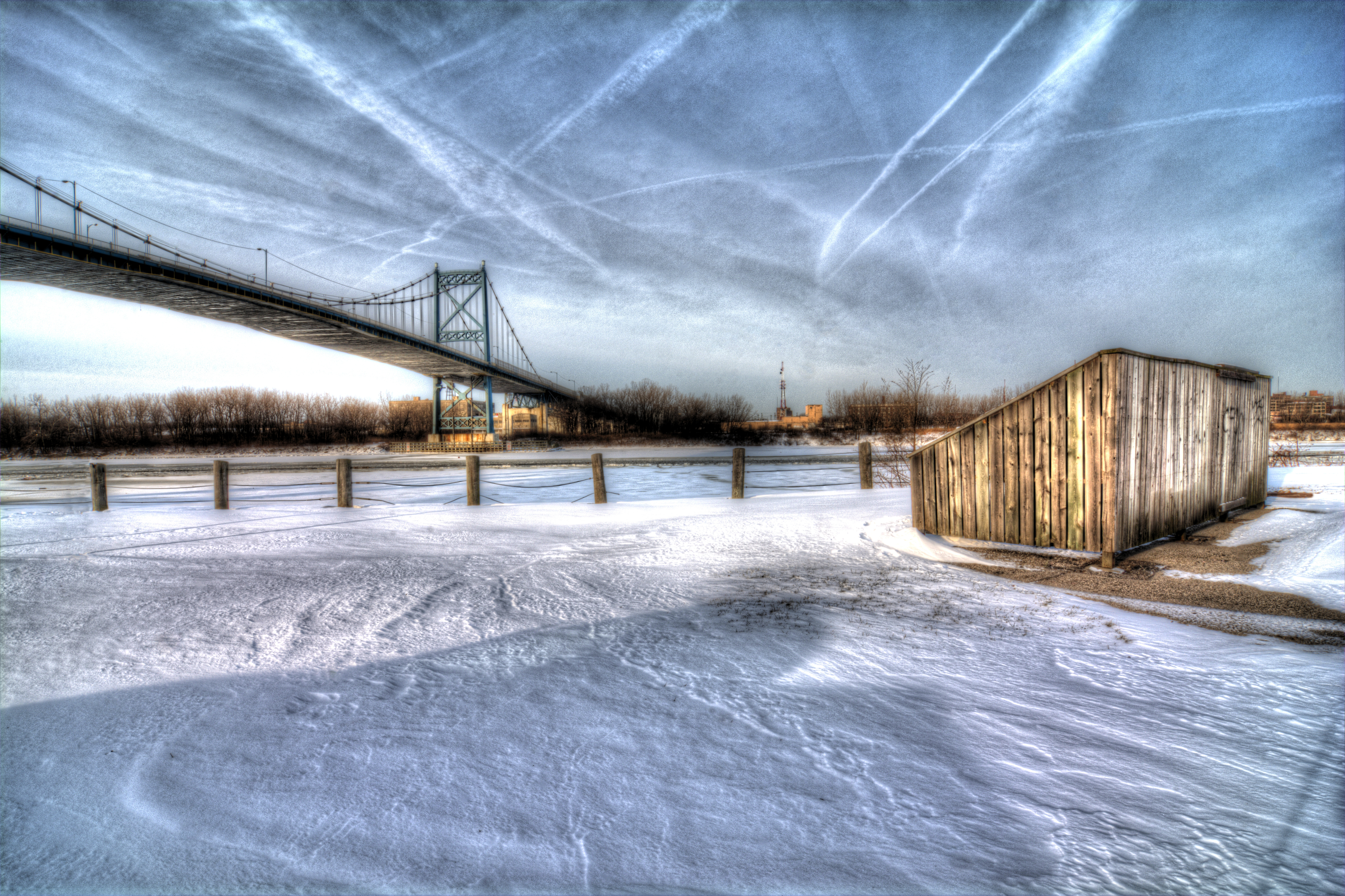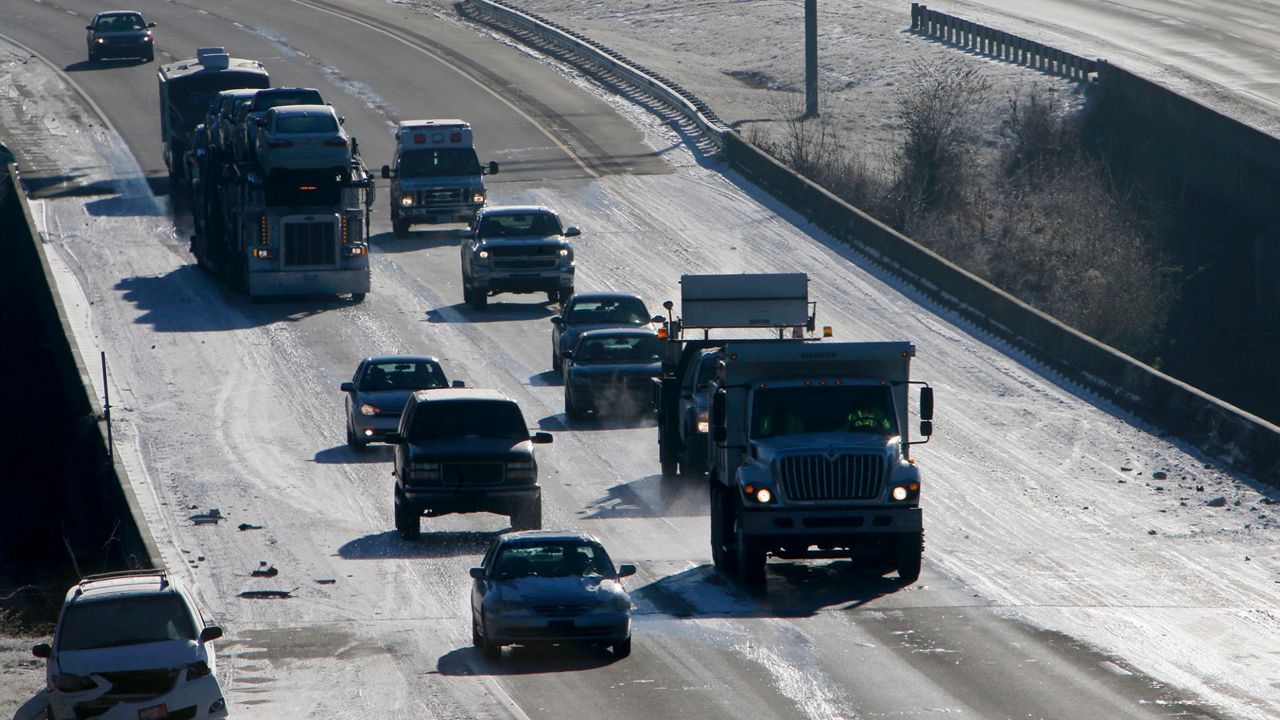On your travels, you’ve probably seen a road sign that says “Bridges Freeze Before Roads.”
On a day when temperatures drop below freezing, ice can be a concern. What you may not be aware of is that not all surfaces freeze over at the same time.
Bridges are known to get icy before the other roadways you travel on. There are a couple reasons for this.
Let’s say you live near a bridge and the temperature is below freezing. At your home, the roadways and walkways aren’t icy yet, but as soon as you travel over the nearby bridge, you notice it is covered in ice.
The main reason for this is that bridges and other overpasses are surrounded by air on all sides. There is no surface beneath the bridge, like there is for a road, to retain any heat. Since the bridge gets surrounded by cold air on all sides, it has less ability to retain heat and it ices over quickly.
On a typical road, the temperature gets colder above the road, but the ground beneath it does a better job of trapping in the heat. This trapped heat results in it taking longer, and for it to be colder, for the road to ice over.

Another reason bridges freeze so quickly is because of the materials they’re made of. Bridges are typically made of steel and concrete, which are good conductors of heat.
This may sound misleading, though. Because steel and concrete are good conductors of heat, the heat trapped inside these materials travels more quickly to the surface. It is then lost to the surrounding air.
Conversely, roads are made of asphalt. This is a poor conductor of heat. Combined with the heat trapped beneath the surface of the roads, the asphalt also traps in heat. Therefore, heat escapes this surface more slowly, and it takes more time, along with colder air to freeze it.
Our team of meteorologists dives deep into the science of weather and breaks down timely weather data and information. To view more weather and climate stories, check out our weather blogs section.



